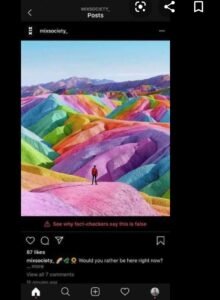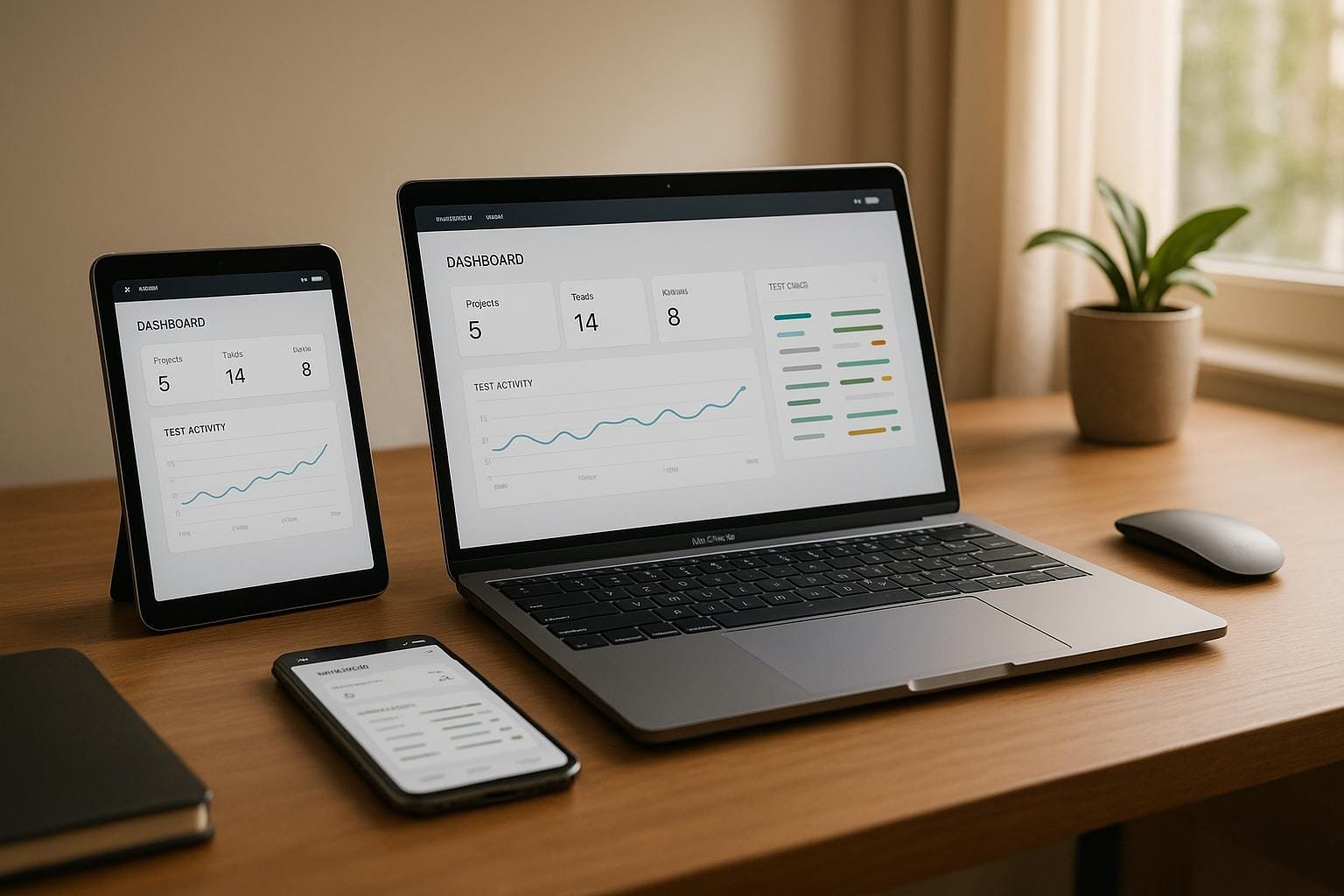It has not been too long since Instagram rolled out a feature that flags fake photos. The main goal was to avoid misinformation and fake news activation, but the feature seems to expand too far. Now, all photoshopped photos are being hidden, highlighting them as “false information.” Instagram wrote elaborately about it when the feature was announced. This would have implications for everyone who uses Instagram to showcase their image compositors and digital artwork. Flagging fake news is no more an old issue. A major part of Facebook’s campaign to stop the rapid extends of fake news, Instagram is now focussed to hide Photoshopped photos. Consequently, Instagram should only flag photos that spread misinformation to the public. However, as per the current state, Instagram’s system hides both digital art and fake news. This feature functioning was first observed by San Francisco photographer, Toby Harriman. As regular, he was scrolling his Instagram feed and saw a hidden image flagged as “false information.” When he discovered it, it turned out to be a digital art. Image posted by MIX society was of a man standing on rainbow-colored mountains. Overall it is an appreciable step to reveal us between photoshopped and the real world. Toby mentions that this is interesting to see, but it’s a bit too far from real-world perspectives. It is a better step to go through association, real vs. Photoshop. “False Information” warning pop up will work for the first time. But now some photographers are wondering whether the system is going too far and making it harder to share and view certain types of photography. Yes, to some far extent it is going to be harder. We must have huge respect for digital art and don’t want to have to click through barriers to see it.
As regular, he was scrolling his Instagram feed and saw a hidden image flagged as “false information.” When he discovered it, it turned out to be a digital art. Image posted by MIX society was of a man standing on rainbow-colored mountains. Overall it is an appreciable step to reveal us between photoshopped and the real world. Toby mentions that this is interesting to see, but it’s a bit too far from real-world perspectives. It is a better step to go through association, real vs. Photoshop. “False Information” warning pop up will work for the first time. But now some photographers are wondering whether the system is going too far and making it harder to share and view certain types of photography. Yes, to some far extent it is going to be harder. We must have huge respect for digital art and don’t want to have to click through barriers to see it.
Though this feature brings worries about the digital art favoring hands as it hides not flagged and without mentioned art work. It sure is a bit worrying to see that Instagram’s fact-checker conceals digital art. On the other hand, some other photos from Instagram can still be viewed even though they’re obviously photoshopped. Still, there is a difference stated. Those images which have a hashtag #conceptart or #art which reveals that they were photoshopped, or there’s a clear credit to the artist, such images can be kept on Instagram. “Rainbow mountain” photo which was the first flagged image, is the only one that doesn’t have any statement or credits that it’s digital artwork. So, it might be sad news for collage, digital art or composite makers as their work could be flagged and hidden from viewers. However, the solution is just to write that it was photoshopped, even if it is obvious. Now, It is harder to share and draw a certain type of content and images.
How will Instagram highlight false images?
Instagram would use signals such as 45 third-party fact-checkers and community feedback to help identify, review, and label false information. Once a photo would be highlighted as false, Instagram would remove it from the Hashtag and Explore tab too. Users may contribute to flag false photos by tapping on the more options icon, False Information, tap report and then tap Send.
Instagram has said that the checker system uses “a combination of feedback from Instagram technology and community” to identify which photos to pass onto third-party independent fact-checkers. If those fact-checkers determine that a photo is fake, a hidden warning message is forwarded before anyone can view it. What’s more, “fake” photos are also removed from Explore and Hashtag pages and automatically flagged in future posts of Instagram.
So the escaping step is that you reveal the flagged photos if you want to see them. Harriman says it looks like both social media platforms, Instagram as well as Facebook will start tagging false photos and digital art. The fake news world is gaining too many extensions with each passing day so such steps are major in putting a pause onto the fake viral environment.


